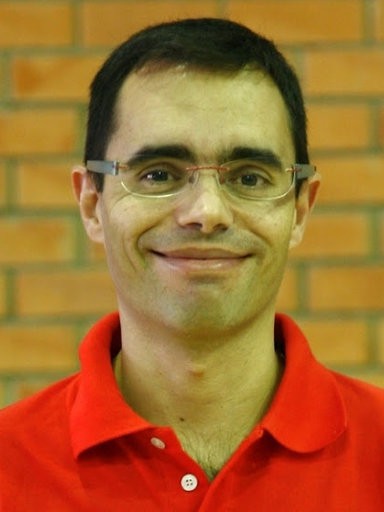resumo
Glass-ceramics (GCs) are polycrystalline materials produced from parent glasses by the controlled crystallization that results in crystalline phase(s) embedded in a residual amorphous matrix. Typically, GCs are produced by a conventional glass route with subsequent crystallization for which two heat treatments are usually applied, the former to generate nuclei and the latter being a crystal growth stage. Alternatively, another technically viable route for manufacturing GCs involves sintering of glass-powder compacts followed by crystallization (sintercrystallization). Wollastonite-containing GCs from the CaO-Al2O3-SiO2 and CaO-MgO-SiO2 systems find a wide variety of uses in different technological fields, including construction, architecture, medical and high-tech fields. For example, a special type of wollastonite-containing GC marketed under the name of Neoparies (R), which is stronger and lighter than natural stone, features high resistance to weathering/chemical attack and is manufactured on a large scale for construction and architectural applications. In the biomedical field, the well-known Cerabone (R) products have been used in bone-contact applications for many years. The main goal of this brief review is to provide a critical analysis of the experimental trials focusing on the synthesis of wollastonite-containing GC materials and to discuss the various fields of their application. Constitution of phase diagram of CaO-Al2O3-SiO2 and CaO-MgO-SiO2 systems are comprehensively discussed with connection to melt crystallization path and crystalline phase formation. Furthermore, special emphasis will be given to the production of wollastonite-containing GCs for construction and architectural purposes from natural raw materials and wastes, as well as to the recent advancement in developing wollastonite-containing GC biomaterials for bone repair.
palavras-chave
MECHANICAL-PROPERTIES; DIELECTRIC-PROPERTIES; CRYSTALLIZATION BEHAVIOR; APATITE FORMATION; BONE-CEMENT; DIOPSIDE; MICROSTRUCTURE; WASTE; BIOACTIVITY; BIOCOMPATIBILITY
categoria
Materials Science
autores
Tulyaganov, DU; Dimitriadis, K; Agathopoulos, S; Baino, F; Fernandes, HR
nossos autores
Projectos
CICECO - Aveiro Institute of Materials (UIDB/50011/2020)
CICECO - Aveiro Institute of Materials (UIDP/50011/2020)
Associated Laboratory CICECO-Aveiro Institute of Materials (LA/P/0006/2020)
agradecimentos
HRF thank CICECO-Aveiro Institute of Materials, UIDB/50011/2020, UIDP/50011/2020 & LA/P/0006/2020, financed by national funds through the FCT/MCTES (PIDDAC) .


